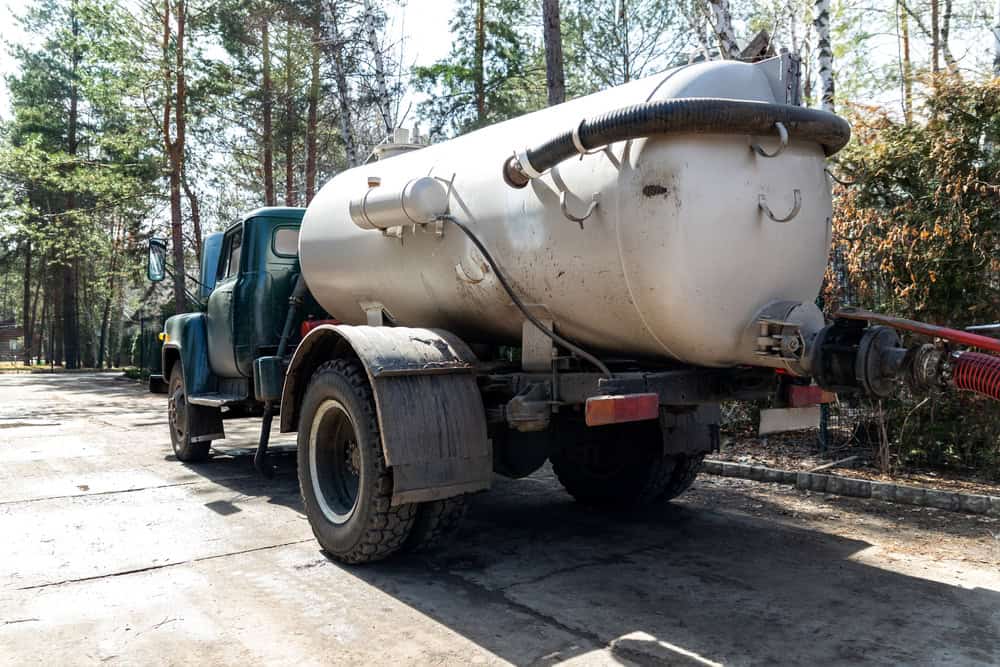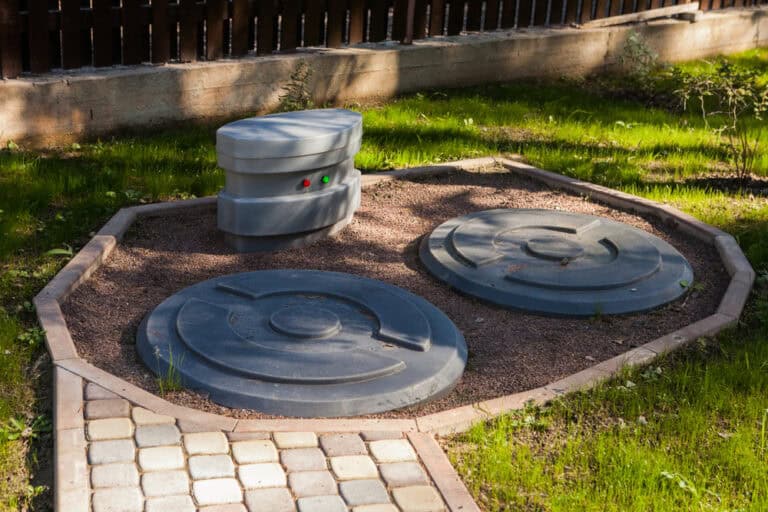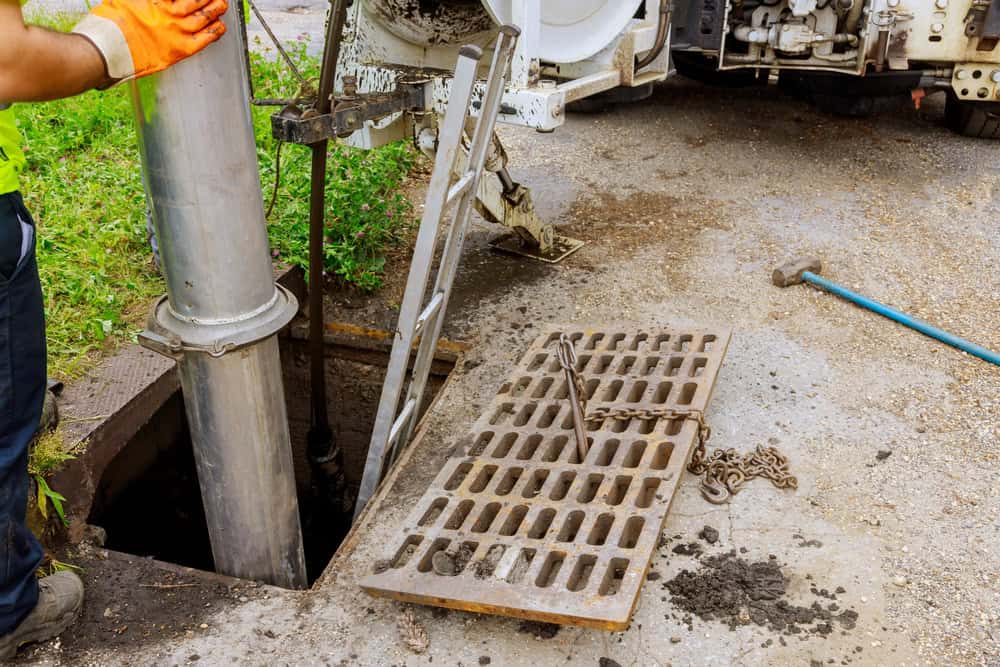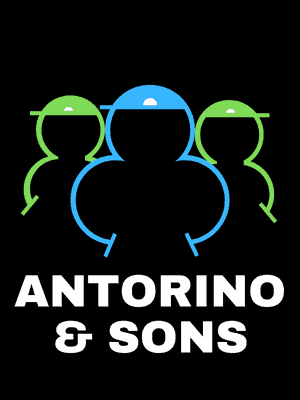Cesspool in Oakdale, NY
My husband and I needed the pipe that connects our home to the town sewer line replaced. Other companies told us they would need to rip up the sidewalk, street, and our walkway which would have cost us thousands in additional work.
More About Us
Browse Septic Tank Services
contact us
Advanced Cesspool Inspection Techniques in Oakdale, NY: Ensuring Safety and Efficiency

Understanding Cesspool Inspection Needs
Cesspools play a crucial role in waste management for properties in Oakdale, NY. These systems require consistent monitoring to avoid environmental issues and ensure they are working efficiently. Antorino & Sons specializes in providing top-notch cesspool services, including detailed inspections and maintenance designed to meet the specific needs of properties in Suffolk County. Our goal is to help you prevent major issues by catching them early.
Our team at Antorino & Sons uses the latest technology and brings a wealth of expertise to every job. We understand the importance of keeping your cesspool system in optimal condition. Regular inspections by our professionals can help avoid expensive repairs down the line and extend the life of your cesspool system. Trust us to keep your system running smoothly and efficiently, ensuring peace of mind for homeowners in Oakdale, NY.
Experience and Expertise:
With years of experience in Oakdale, NY, Antorino & Sons brings a wealth of knowledge to every cesspool inspection, ensuring high-quality service.
Customer Satisfaction:
At Antorino & Sons, we pride ourselves on exceeding customer expectations in Suffolk County, with tailored solutions and transparent communication.
Safety and Efficiency:
Prioritizing your safety and the efficiency of your cesspool system, Antorino & Sons employs advanced techniques to deliver reliable results every time.

Why Choose Antorino & Sons for Your Cesspool Services?
Selecting Antorino & Sons for your cesspool needs means choosing a leader in the field. Our team is highly trained in modern cesspool inspection techniques and deeply understands properties’ specific needs throughout Suffolk County. We’re committed to delivering top-quality service, focusing on safety, efficiency, and clear communication. When you work with us, you’ll be kept in the loop every step of the way, ensuring you feel confident and informed about the care of your cesspool system.
In Oakdale, NY, homeowners and property managers trust Antorino & Sons for their cesspool service needs. Our commitment to customer satisfaction sets us apart. We provide custom solutions that meet your specific needs, all while ensuring the process is straightforward and stress-free. If you have questions or need to schedule a service, reaching out to us is easy. Just call 631-250-6829, and let us take care of the rest, ensuring your cesspool system is in the best hands.

The Importance of Regular Cesspool Inspection
Regularly inspecting your cesspool system is more than just a routine checkup; it’s a crucial step in identifying and addressing potential issues before they become significant problems. In Oakdale, NY, ignoring the maintenance of your cesspool can lead to a host of problems, including unpleasant odors, damage to your property, and health risks to you and your family. At Antorino & Sons, we stress the importance of staying ahead of such issues with a proactive maintenance approach. We offer customizable inspection schedules to accommodate your property’s unique demands in Suffolk County.
Our technicians at Antorino & Sons are equipped with the latest diagnostic tools to ensure your cesspool functions at its best. A well-maintained cesspool system prevents unexpected breakdowns and contributes to a safe and pleasant living environment in Oakdale, NY. To maintain the efficiency of your cesspool system and avoid potential issues, don’t hesitate to get in touch with Antorino & Sons by calling 631-250-6829. Our team is ready to provide you with expert advice and top-tier service.
Have a question?
Oakdale was founded around two Native American trade routes, where Sunrise Highway and Montauk Highway currently lie. Oakdale was part of the royal land grant given to William Nicoll, who founded Islip Town in 1697. Local historian Charles P. Dickerson wrote in 1975 that Oakdale’s name appeared to come from a Nicoll descendant in the mid-19th century. The community includes: St. John’s Episcopal Church, built in 1765, is the third oldest church on Long Island.
The community originated with a tavern owned by Eliphalet (Liff) Snedecor in what is now Connetquot River State Park Preserve. Soon after its founding in 1820, Snedecor’s Tavern began drawing New York bluebloods and business barons who wined and dined in remote joy when they weren’t fishing and hunting nearby. “Liff’s food is as good as his creek”, a magazine writer declared in 1839 referring to the food and Connetquot River. The writer added: “and the two are only second to his mint juleps and champagne punch; whoever gainsays either fact deserves hanging without benefit of clergy.”
In 1866, as the railroad reached the area, Liff’s wealthy patrons formed the South Side Sportsmen’s Club, and soon the race was on to see who could create the most superb spread in the thick forests adjoining Great South Bay. The most prominent were built by William K. Vanderbilt, grandson of railroad magnate Cornelius Vanderbilt; Frederick G. Bourne, president of the Singer Sewing Machine Co., and Christopher Robert II, an eccentric heir to a sugar fortune. Meanwhile, William Bayard Cutting, a lawyer, financier and railroad man, built his estate next door in Great River, New York which had once been west Oakdale.
Learn more about Oakdale.